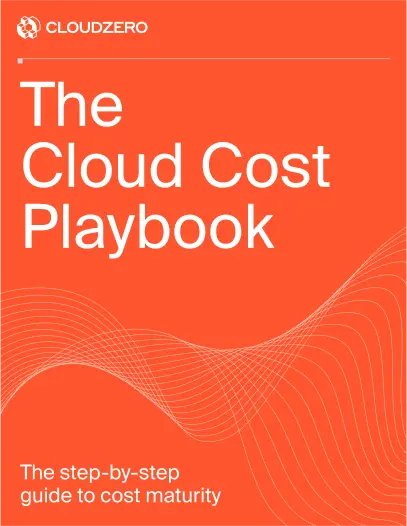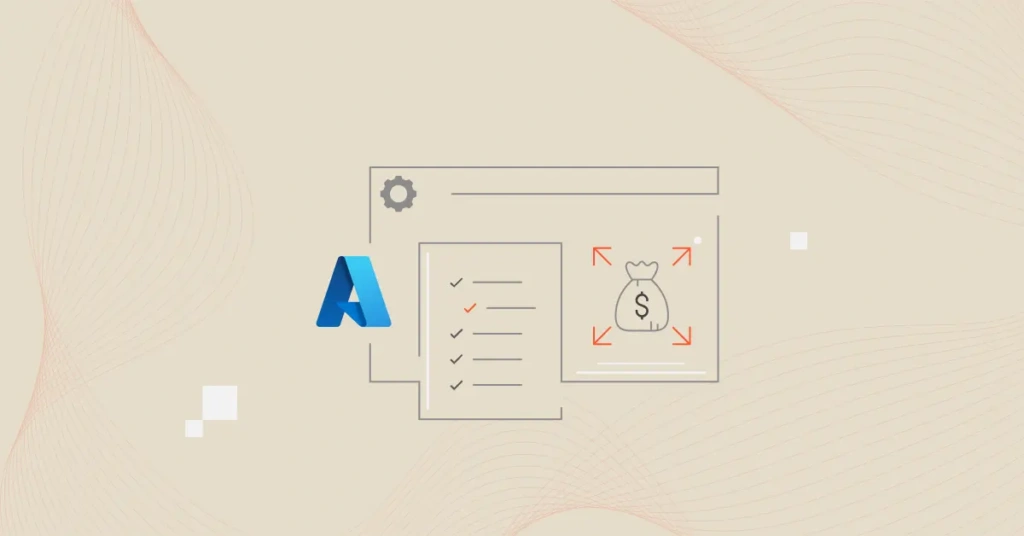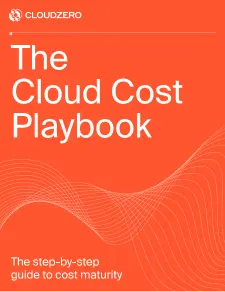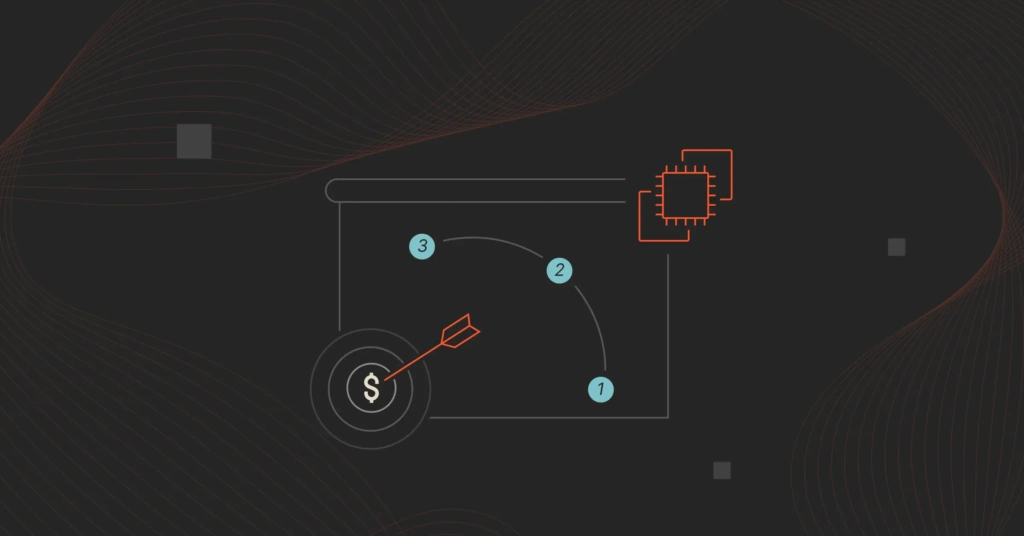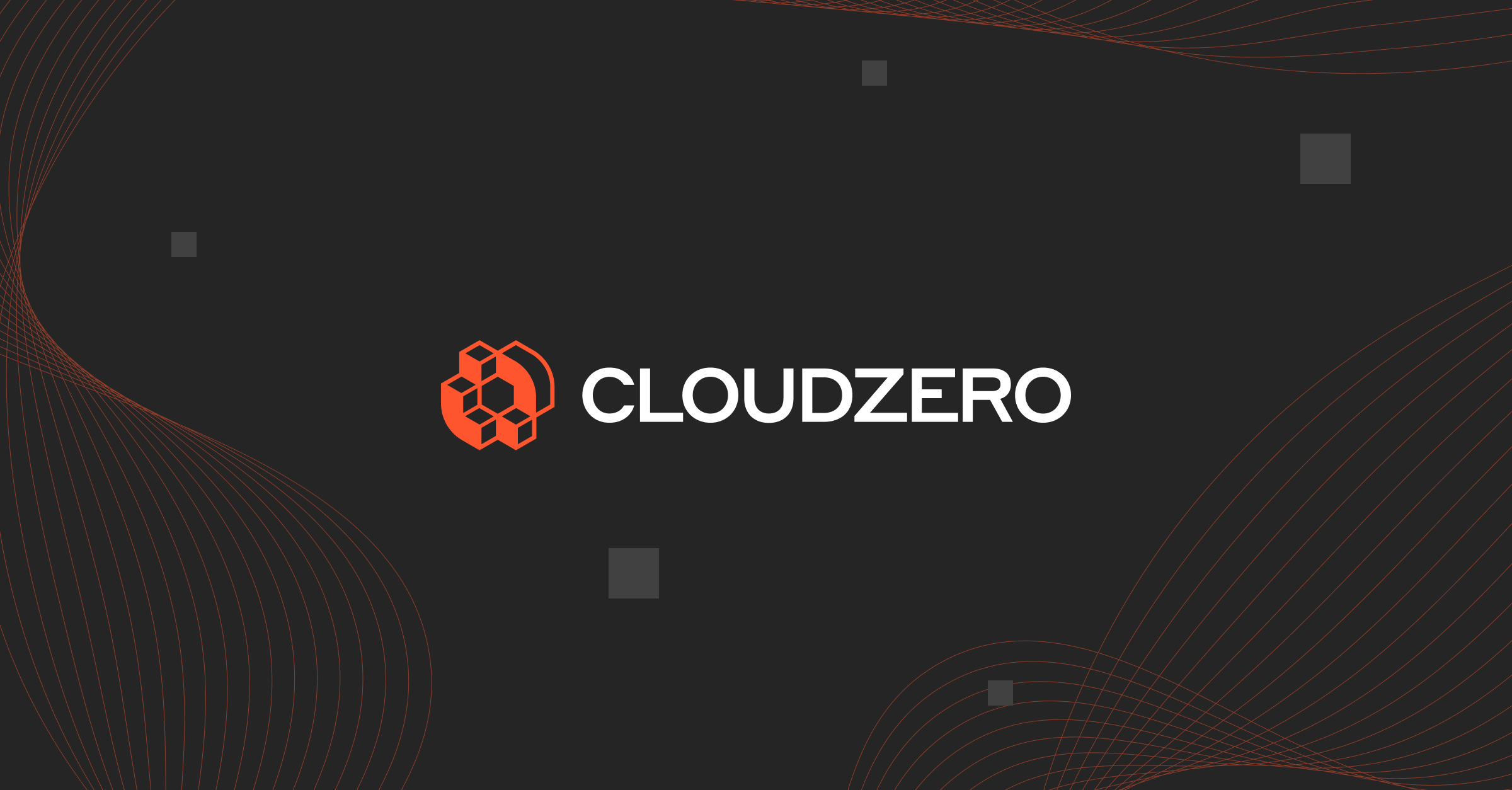When Azure Savings Plans for Compute were introduced in late 2022, many assumed they were designed to replace Azure Reservations (Azure Reserved Virtual Machine Instances).
But that’s not the case — and it still isn’t.
Instead, Azure Savings Plans and Reservations can work hand in hand and complement your other Azure cost optimization strategies.
That said, maximizing the benefits of each option isn’t always straightforward.
To help you navigate the possibilities, potential pitfalls, and tradeoffs, this guide will highlight key considerations — specifically, how to use Azure Savings Plans to optimize your savings.
How Do Azure Savings Plans Work?
Azure Savings Plans is a discount program that offers savings if you commit to spending a consistent amount per hour on compute services for one or three years. It provides a billing discount without affecting the runtime state of your resources.
The discount is calculated based on the pay-as-you-go or on-demand rate — the standard hourly rate Azure charges for its compute services.
Azure often markets Savings Plans with the promise of “up to 65% off the pay-as-you-go rate.”
While this sounds impressive, it represents the maximum possible savings. Your actual discount depends on various factors, including your virtual machine configurations, workload types, and usage patterns.
At this point, it’s essential to distinguish between Azure Savings Plans and Azure Reservations. Understanding the differences will help you see why Savings Plans are worth considering, even though Reservations offer potentially higher savings (up to 72% off).
Comparing Azure Savings Plans Vs. Reservations
Azure Savings Plans and Azure Reservations differ mainly in flexibility and how they apply to your resources.
Azure Reservations require a commitment to specific resources, such as a particular VM type in a specific Azure region. This focused commitment offers savings of up to 72%, but it’s less adaptable if your workloads or requirements change.
On the other hand, Azure Savings Plans allow you to commit to a fixed hourly spend that spans multiple Azure services and regions. This flexibility makes them ideal for dynamic workloads, evolving compute needs, and broader coverage. However, the tradeoff is a lower savings cap of 65%.
Interestingly, Reservations can be partially refunded or exchanged if your needs change, while Savings Plans are not refundable or adjustable. So, in this sense, Reservations actually offer more flexibility than Savings Plans.
That’s not all. For a side-by-side breakdown of their differences, best use cases, and additional tips, check out our bookmarkable Azure Reservations vs. Azure Savings Plans for Compute guide here.
Best Practices And Mistakes To Avoid When Using Azure Savings Plans
Consider the following strategies, best practices, and tips.
1. See what you are working with first
The first step is visualizing your infrastructure, including your virtual machine configurations. More importantly, analyze how your usage over time aligns with the resources you’ve provisioned.
This can help you identify areas where you might be over or under-provisioned.
Azure has a solid suite of built-in tools to help you monitor application performance, infrastructure health, and workload patterns:
- Azure Metrics. It collects and analyzes performance metrics from various Azure resources, allowing you to track resource utilization and optimize configurations.
- Azure Monitor. Customizable dashboards provide real-time insights into applications, infrastructure, and network performance.
- Azure Application Insights. Perfect for developers, it tracks application performance and detects issues, offering deep insights into user behavior and application dependencies.
- Azure Log Analytics. Enables faster troubleshooting and deeper insights into system performance when you analyze log data from various sources.
- Azure VM Insights. Specifically designed for virtual machines, it monitors their performance and health.
- Azure Network Watcher. This tool provides insights into network performance and health, helping you troubleshoot connectivity issues and monitor network traffic.
Of course, you can also explore third-party Azure monitoring tools.
The ultimate goal here is to understand your workload and usage patterns. This will help you determine which workloads are best suited for Savings Plans (dynamic and variable types) and which are better aligned with Azure Reservations (predictable, stable types).
2. Right-size your Azure cloud resources
If you are over or under-provisioned, you’ll want to right-size your resources before committing to Savings Plans.
Here’s the thing. Every hour, the Azure system applies your Savings Plans discount to eligible compute usage up to the commitment amount, reducing your costs accordingly.
- Once you exceed your hourly commitment, any extra usage is charged at the pay-as-you-go rate — the highest Azure pricing option. This often occurs if you under-commit, leading to consuming more resources than you provisioned and overages.
- On the flip side, if you over-commit and don’t fully use your Savings Plans, you lose any unused commitments. Essentially, you’re paying for resources you aren’t using (per hour!), which can lead to significant waste.
By aligning your commitments with actual needs, you can ensure you’re only paying for what you use.
3. Start small and grow from there
If you’re new to Savings Plans, starting with a shorter commitment, like a one-year term, is wise.
This lets you “test the waters” and better understand your usage patterns while benefiting from savings billing, unlike the preparatory analysis you performed in the previous step.
Once you’ve done your homework and feel confident in your analysis, you can consider a three-year commitment. It offers the highest discount, too.
Remember that Azure offers the flexibility to exchange or cancel Reserved Instances (RIs) for a refund if your needs change. But this option isn’t available for Savings Plans.
If your workload evolves significantly and you need to adjust your commitment mid-contract, you won’t be able to modify your existing Savings Plan.
Instead, you’ll lose the benefits of the current plan and will need to purchase a new one, which could lead to additional costs.
4. Don’t ignore those utilization rates
Regularly monitoring your resource utilization helps you maximize the value of your commitments.
Discrepancies between expected and actual utilization rates can signal inefficiencies, helping you identify areas for improvement and take corrective action quickly.
Also note that as workloads evolve, your initial commitments may no longer align with your needs. For example, a supply chain management company was spending $308,000 monthly on microsoft.compute VMs.
Picture this:
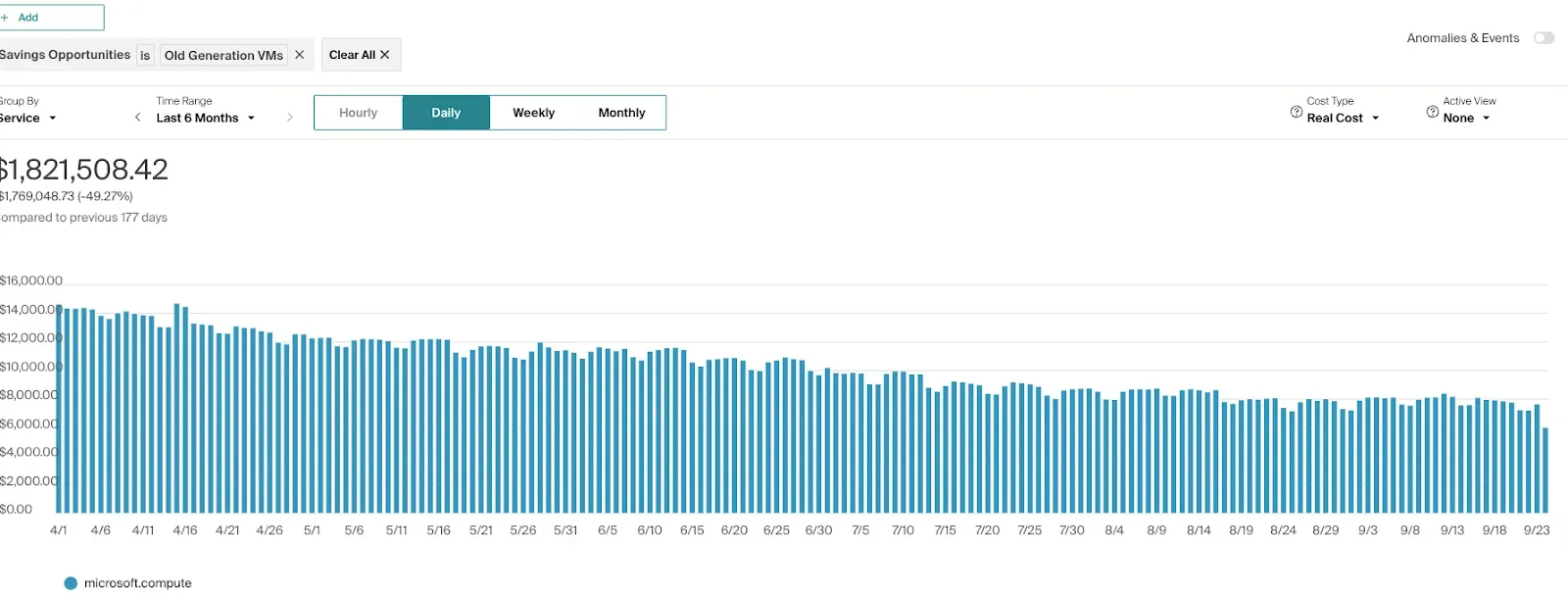
After analyzing the usage with CloudZero, the team discovered that much of the spending was on old-generation VMs.
The company transitioned to newer, less expensive VM generations, reducing their costs by $15,000 per month — that’s $180,000 annually. This shows how regularly reviewing and optimizing Azure commitments can align them with your current usage patterns.
5. Take a mix-and-match approach
To maximize savings, combine both Savings Plans and RIs. Use RIs for predictable workloads to secure the highest possible discounts. Then, leverage Savings Plans for variable workloads, offering flexibility as your compute needs change. This blended strategy ensures you get the best of both worlds — maximum discounts and adaptability.
6. Take full advantage of Azure Hybrid Benefit
If your organization has existing on-premises Windows Server or SQL Server licenses, the Azure Hybrid Benefit lets you apply these licenses to Azure VMs. Even better, you can combine this benefit with RIs and Savings Plans for additional cost savings.
7. Tag your resources for the job
While tedious, implementing a robust Azure tagging strategy is crucial for solid resource management. Tags can help you track which resources are covered by Savings Plans. And this can make it easier to manage, monitor, and optimize your commitments.
Related Read: 5 Cloud Tagging Best Practices Every SaaS Company Should Use
8. Optimize for regional savings
Azure pricing varies across regions. Deploying resources in cost-effective Azure regions — while meeting performance, compliance, and latency requirements — can lead to significant savings. This can free up your budget for other priorities without compromising functionality.
9. Use auto-scaling
Auto-scaling is a great way to manage peak traffic efficiently. By combining auto-scaling with RIs and Savings Plans, you can cover your predictable baseline traffic with commitments while allowing auto-scaling to handle unexpected surges. This ensures you stay cost-efficient without sacrificing performance.
10. Use these tools to simplify Azure Savings Plans management
- Azure Cost Management + Billing delivers insights into your spending and monitors Azure costs.
- Azure Advisor offers personalized recommendations to optimize for cost, security, performance, and availability.
- A more robust cloud cost optimization platform like CloudZero provides granular cost insights and optimization capabilities, helping to uncover hidden savings opportunities. For instance, CloudZero enables you to identify the specific people, products, and processes driving your Azure spending.
Consider this:
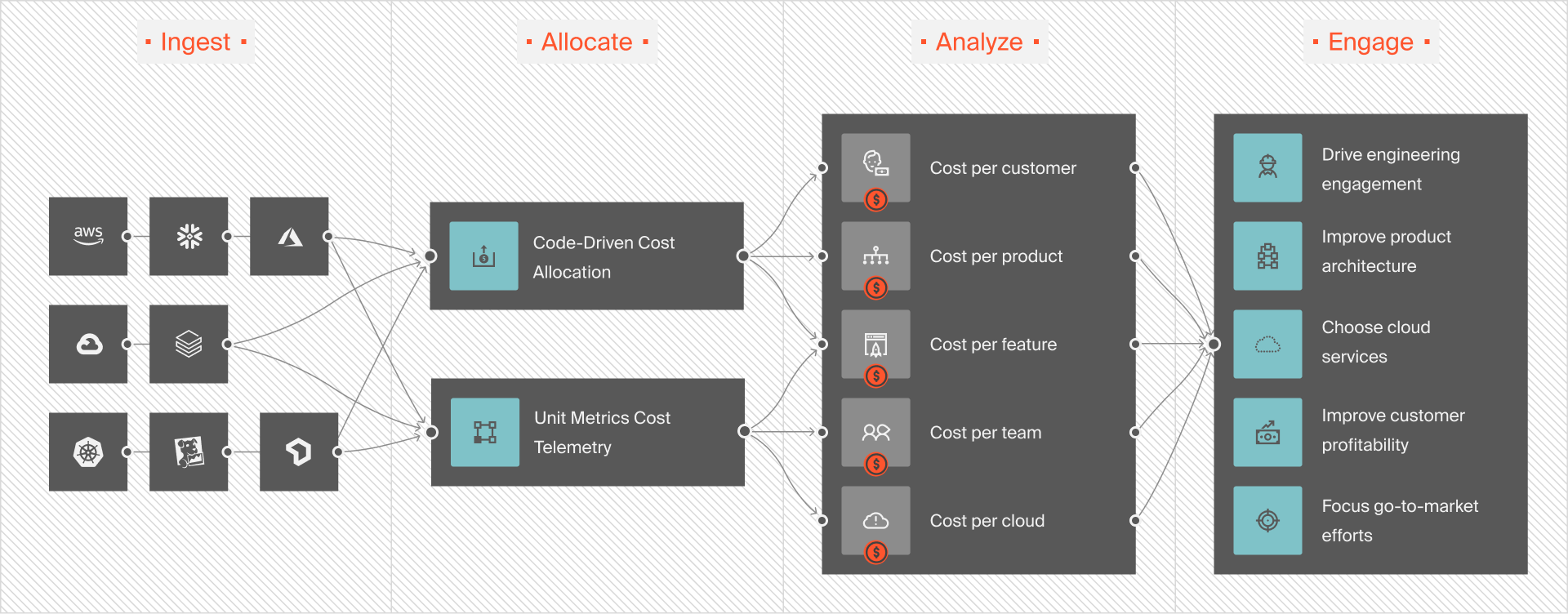
Optimize Azure Savings Plans With Real-Time Insights Into Cloud Spending
CloudZero recently used this Cloud Cost Intelligence approach to help an agricultural chemical company. This customer was spending $200,000/month on Azure SQL.
Upon analysis, CloudZero discovered that all of this spending was on-demand — none came from SQL commitments. With this insight, the customer was able to review their usage and ultimately reduce their spending by 25%, saving $50,000 per month and $600,000 annually.
Want to try it out for yourself? It’s risk-free.  to explore CloudZero (and discover why innovative brands like Shutterstock, Wise, and MalwareBytes trust us to optimize their cloud costs).
to explore CloudZero (and discover why innovative brands like Shutterstock, Wise, and MalwareBytes trust us to optimize their cloud costs).
FAQs
Where do Azure Savings Plans apply?
Savings Plans apply to a range of compute services, including Azure Virtual Machines, Azure App Service, Azure Functions, Azure Container Instances, and Azure Container Apps. However, they only apply to compute costs (compared to VMs and app, storage, and SQL database services for Reserved Instances).
Are Azure Savings Plans replacing Azure Reservations?
No, you can use both simultaneously — Savings Plans for dynamic workloads and Reservations for more predictable workloads.
What are the main benefits of Azure Savings Plans for businesses?
Beyond discounts, Savings Plans offer your team the flexibility to use a variety of VM sizes and families across Azure Regions. This adaptability is essential for meeting changing business requirements and workload demands over time.
How does the Azure billing system optimize Savings Plans benefits?
The billing system prioritizes usage with the highest discount rates first to maximize savings. It continuously updates the application of these benefits within a 48-hour window, allowing for real-time adjustments based on usage patterns across different resources and subscriptions.
